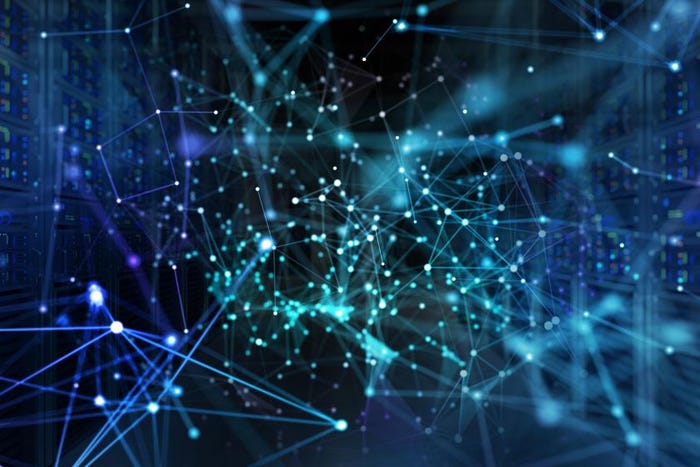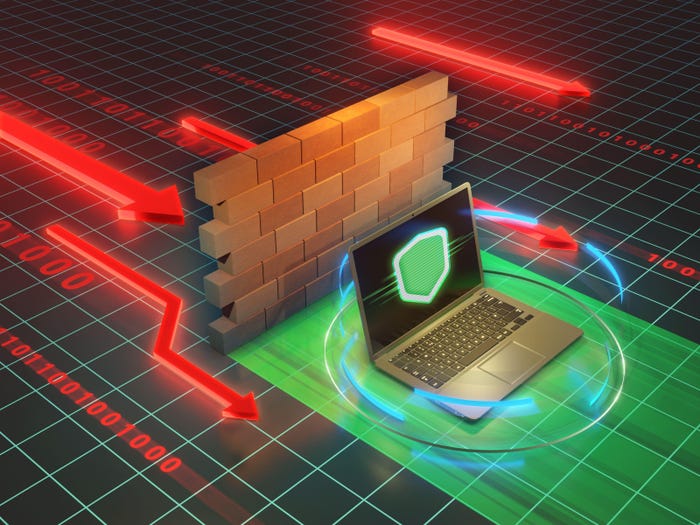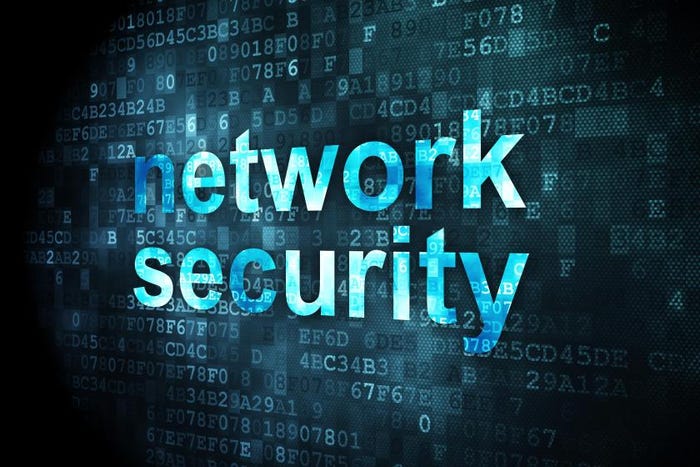Wireless Technology Transforms the Retail Experience of the Future
Retailers face serious challenges and opportunities as consumer shopping behavior and expectations evolve. The lessons learned in addressing the challenges have applications in many enterprise settings.
November 6, 2018

To overcome today’s challenges and remain relevant in the digital era, smart retailers are turning to technology to provide a more personalized, convenient, and immersive experience, one that moves seamlessly between the online and offline worlds. The bi-directional nature is interesting: Amazon started in the e-commerce world and is moving into the brick mortar world with acquisitions such as Whole Foods. Brick and mortar retailers are countering with their own new mobile experience initiatives.
Many of these digital transformation initiatives are focusing on wireless technology as a key enabler for new mobile customer experiences and better operations in the store. Cellular and Wi-Fi have become the status quo for connecting mobile devices to the internet. Bringing indoor location on par with outdoor GPS has been a dream for many years, but up to now has been hard to deploy because it has required a non-standards-based overlay network and a lot of complicated manual calibration.

(Image: Pixabay)
Apple and Google have standardized on BLE technology as the proximity and location technology in their mobile devices, enabling your iPhone and Android to do lock screen notifications when you walk into a store. Through standards-based interoperable technologies such as wireless BLE beacons, the convergence of Wi-Fi and BLE, and leveraging AI capabilities, indoor location is poised to move from a nice to have to a must in retail.
A few examples of the innovation that’s happening:
Meijer, a supercenter chain in the Midwest, is investing in Wi-Fi to provide customers with a variety of capabilities through its mobile app. Features include in-store maps that help them find products, the ability to create and check off shopping list items, alerts about sale items and other incentives, and even a gas pump recognizing your phone and processing the payment for the fill-up.
Target is rolling out LED lighting with built-in beacon and BLE technology for what it calls “GPS in your shopping cart” – a Google Maps-type interface to help shoppers navigate stores and find the products they need. Using the Target app, customers can click on an item on their list and then see its location and whether it’s on sale.
Shopper Media Group, Australia’s fastest growing marketing and advertising company targeting consumers outside their homes, is deploying Wi-Fi, analytics, and location-based services based on beacons and BLE across its portfolio of shopping centers Down Under. This will drive deeper engagement with shoppers through personalized messaging and the use of real-time traffic analytics to provide insights into shopper behavior.
Schnucks, a Missouri-based chain with 100 stores in five states, is even testing a robot named Tally to roam the aisles and perform functions such as identifying out-of-stock items and verifying prices.
In the future, it will be common for restaurants to use location-based services to know when a customer who has ordered ahead pulls into the parking lot and is ready to pick up their dinner.
Supermarket shoppers will be able to hold their phone to an item and will get a virtual reality display showing them information about the product in front of them, ranging from nutritional details to a coupon. As customers put the item in their cart, their phones will record the sale, taking self-checkout to next level with no need to wait in the checkout line.
Or imagine that you want chicken marsala for dinner. After a few taps on your supermarket’s app, you will be able to pull up to your favorite grocery and have all the ingredients are waiting for you curbside.
“Looking to the future in this quickly evolving landscape, the only constant seems to be change,” the National Retail Federation says. “A promising trend is that technology adoption rates are accelerating.”
And consumers are enthusiastic about the new capabilities. A recent survey released by International Council of Shopping Centers showed that “consumers of all ages are seeking an integration of technology and shopping” and that “personalization remains a key focus for consumers and they seek out retailers who will deliver customized results.”
As the examples above show, above the latest wireless technology is delivering exceptional experiences to customers as well as providing retailers with differentiation points over Amazon and other pure-play e-commerce players.
It’s exciting to think about what’s literally in store as wireless technology will continue to augment the retail experience. The sky’s the limit of what’s possible, but the innovation already bubbling up is very promising.
Bob Friday is co-founder and chief technology officer of Mist, when develops self-learning wireless networks using artificial intelligence.
About the Author
You May Also Like





